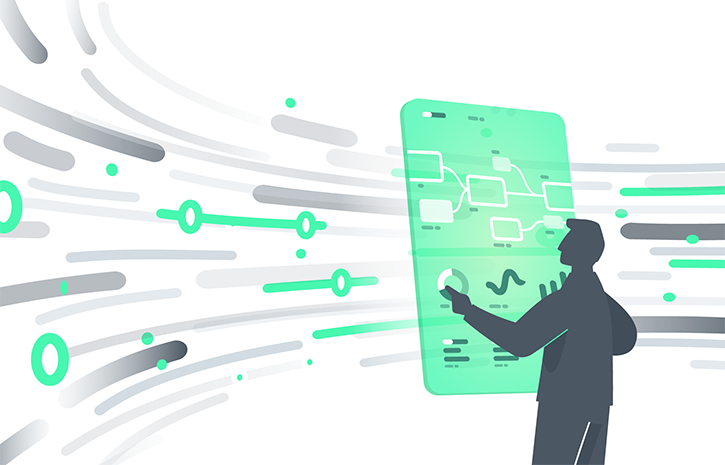Xapix is significantly faster, more flexible, and more powerful than traditional approaches to data transformation, normalization, and integration, using the power of automation so that IT professionals can use data from hundreds of sources instead of only a few
Fortunately, instead of spending months (or years) on such a shift, you can automate this process by transforming your data through Xapix. Xapix is significantly faster, more flexible, and more powerful than traditional approaches to data transformation, normalization, and integration, using the power of automation so that IT professionals can use data from hundreds of sources instead of only a few. The solution features a scalable micro service-driven architecture based on a library of data transformation adapters.
Xapix was built to unlock the full value of the enterprise data and help businesses take advantage of new standards such as NGSI. Existing services and database/middleware infrastructure from the enterprise can be reused and leveraged through data transformation to open modern RESTful JSON APIs to users so that they can partner at scale.
At the core of the Xapix offering is a data transformation tool that allows developers to define an automated transformation between existing data and a modeled output. The existing data sources can be RESTful APIs, SOAP XML services, EDI, or a direct connection to databases such as MySQL, MSSQL, PostgreSQL, and others. Adapters read in the services from the existing interfaces and allow developers to reconstruct the output such that a more developer-friendly output can be offered. Developers can choose to have the output delivered in various formats such as JSON, XML, CSV, and others. The new output is auto-generated and can then be adjusted by the user.
As part of the data transformation process, the output data can be renamed, cached, filtered, chained, combined with other APIs, and changed by input functions. This further improves the quality and performance of services offered to developers. Additionally, microservices can be leveraged for more complex operations. The data transformation tooling can be used as a cloud service or on-premises solution—depending on the needs and setup of your IT team.
Whether you are working for a city, large industrial firm, or a growing player in your industry, FIWARE offers the potential to quickly connect to a set of applications in order to solve your own challenges or provide a solution serving a broader ecosystem.
But how can you take advantage of FIWARE functionalities if the data model that FIWARE advocates isn’t compatible with your existing data setup? A number of challenges need to be addressed from the perspective of a CTO, IT architect, or developer: What’s the cost of being compliant with standards? How deep are the changes that you have to do in your own IT systems in order to be FIWARE-compliant and support the data models? How fast can you adopt?
Most traditional approaches to supporting new standards require a partial rebuilding of systems and open application programming interfaces (APIs) in order to make the data accessible in the suggested formats. This is a time-intensive process with potentially negative implications for your entire IT infrastructure.
Trucking fleet operators, for example, can open their existing systems through Xapix in order to enable new applications for their logistics partners, References/Customers, and commercial drivers. Interoperability with logistics partners has the potential to both reduce cost through greater operational efficiency as well as increased revenue by making it easier to sell trucking capacity across an expanded logistics ecosystem. References/Customers can benefit from new applications that provide better tracking and control of their shipments. The truck drivers can be empowered with real-time applications that give them greater flexibility and control to ensure both the safety and timeliness of their journeys.

